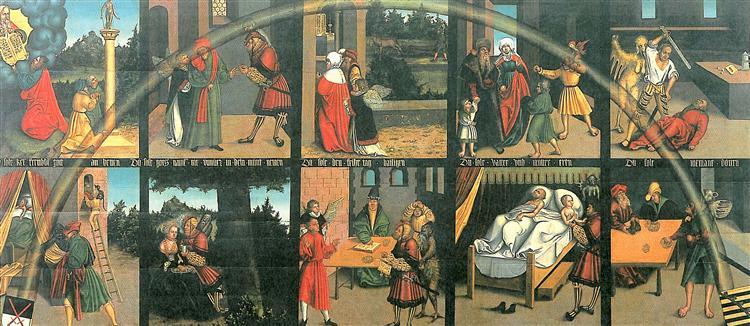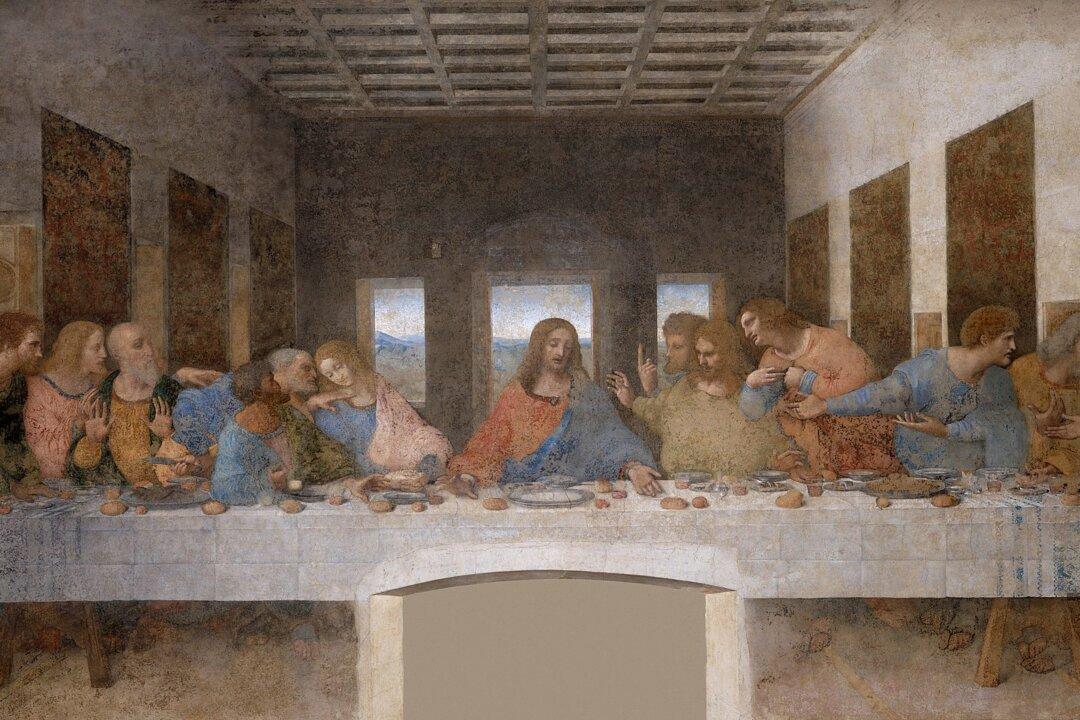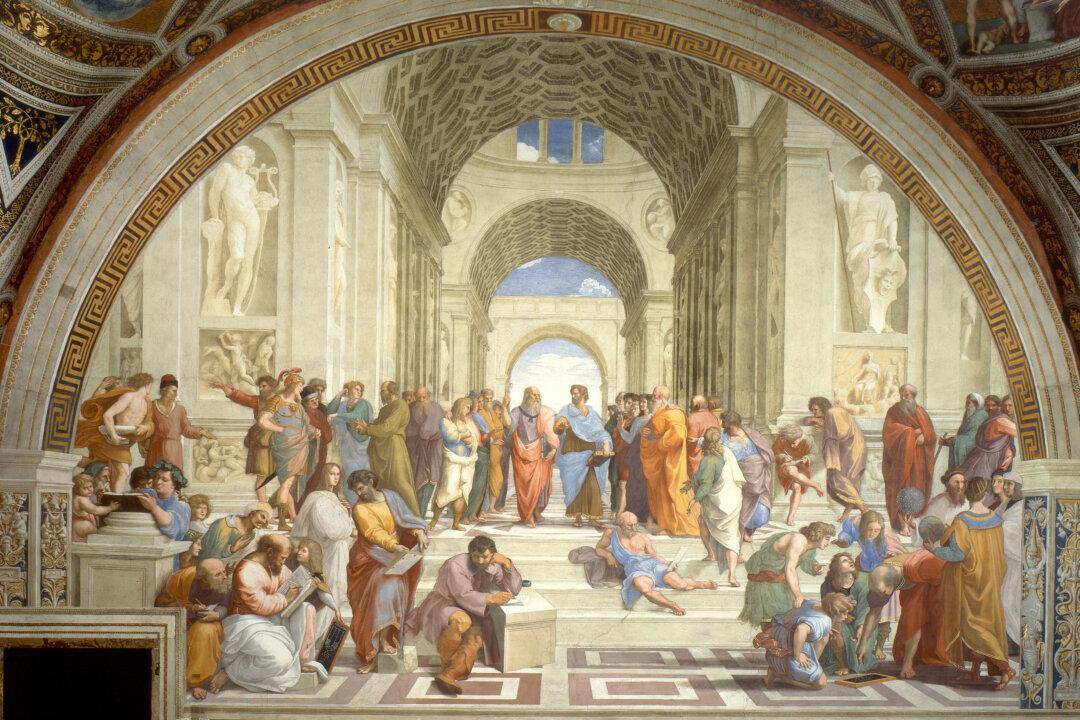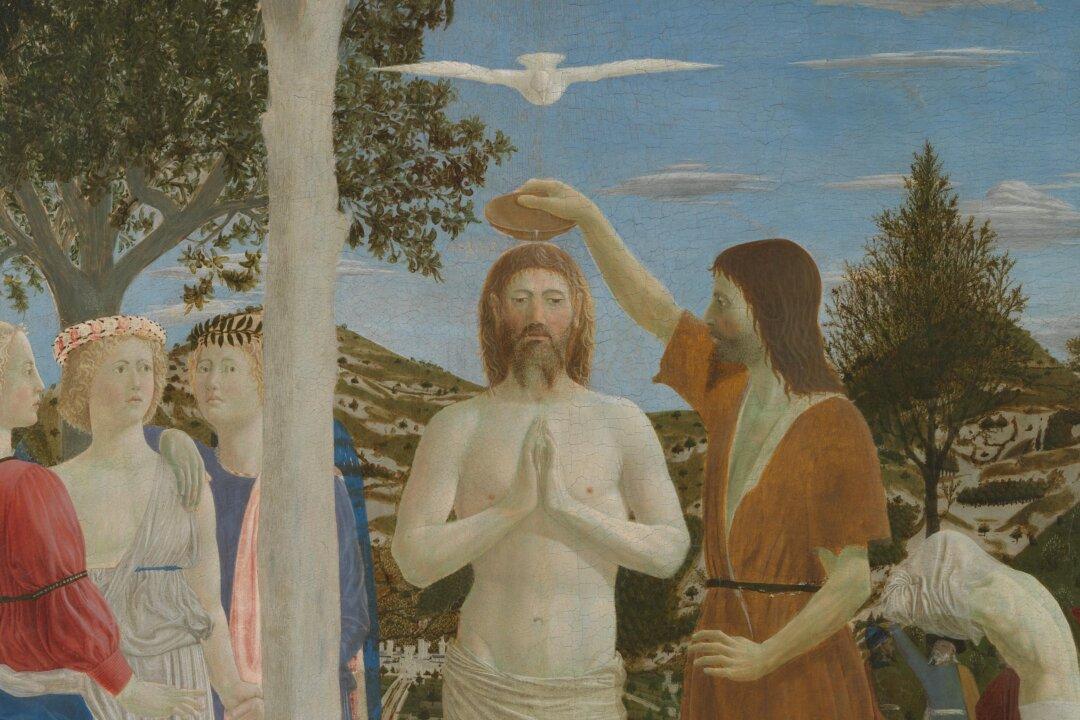On the day I visited Padua, destroyer clouds were moving in from the west. The snow was knee-high. I had been asked to a tiny restaurant famous for its tiramisu—and to see Giotto’s Arena Chapel frescoes. Tiramisu—meaning “pull me up”—a famous dessert made with ladyfingers soaked in bitter coffee and mascarpone cream, was sublime. On another level, of course, there was the chapel.
Writing in his “Lives of the Most Excellent Painters, Sculptors, and Architects,” Giorgio Vasari, the first art historian, wrote that Giotto was responsible for “introducing the technique of drawing accurately from life, which had been neglected for more than two hundred years.”






